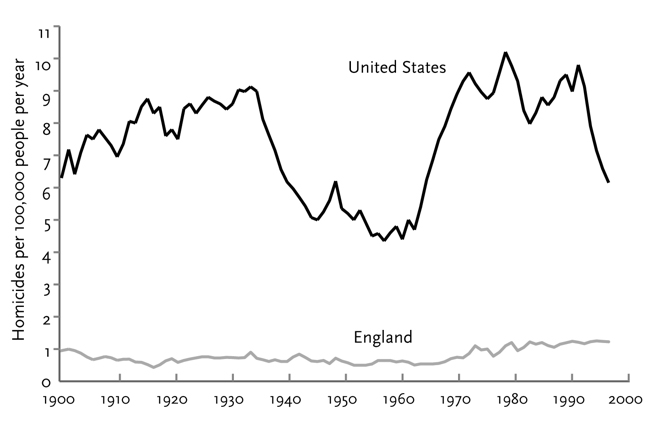i know i might get a lot of HATE/NEGS for this statement
but fukk it im a old flabby n sick black man who actually LIVED prior to the CRACK ERA and lived and done business during the crack era from the BX to DUVAL
so im a SPEAK MY MIND ....
hoe

and im a tell right now..YEAH SHYT WAS FUKKED UP..but WE COPED WITH IT...
the crack plague coexisted with the black empowerment we ONCE HAD before GENTRIFICATION and the full onslaught of INTERGRATION killed it
and i ain't got time to put up no damn wikepdia accounts and graphs and charts and stats to prove my point
my experiences speak for it...
harlem HAD MAD BLACK BUSINESSES..LEGAL BLACK BUSINESS DURING THE CRACK ERA
for example along with all the black owned restaurants and clubs ..hair salons you had Guy Fisher a COCAINE DEALER purchase the shabby looking APOLLO and refurbish it during the late 70's....giving out jobs to many black people even DJ HOLLYWOOD a pioneer of hip hop to provide entertainment
shyt was all good...till he got sent off to prison and NBC/PARAMOUNT came in and bought the APOLLO and made it corporate to help usher in the gentrification of harlem along with BILL CLINTON who moved his OFFICE into HARLEM
hell same situation down south...i first came to savannah to visit family in the late 80s and decided to come to school at Savannah State home of Shannon Sharpe
it was beautiful seeing West Broad street which was the 125th of the southeast ga area....which was shoutout by James brown on wax
black business all up that street....even a black owned bank..CARVER STATE BANK..which gave me my first loan

i remember being inspired to get into the promotional game when they changed West Broad street name to MLK street in honor of Dr. King in the early 90s
i witnessed probally the biggest nightclub i ever seen in my life on the next block to MLK called the "BARN" on montgomery street it was huge....opened and operated by a "crack dealer" named Big Terry originally from the MIA ....
but unfortuantly that shyt along with the property got bought out "illegaly" by a white mafioso funded art school known as S.C.A.D..which has basically destroyed savannah and raised property value to move out blacks
but i still

BIG TERRY..him and a number of dealers was opening mad businesses throughout the city..i personally knew one cat who purchased land and help a sista open a daycare and a nail salon ..and yes he was a crack dealer too...
same way with ATL......i thank the dopeboys and former crack kingpins on Old national and the rest of the SWATs of ATL for putting me on to game to become a legal businessman and even real estate ...
hell if it wasnt for the crack dealers i couldnt get my promotional hustle on......my first business opportunity to become a LLC came courtesy of a crack dealer...
and it wasnt just a AA GANG ting
jah bless likkle john da dread who hustled herb from night till morning.....who assisted me during my child support issue time and was very supportive as well when i entered the dancehall field
big up Trev.....da yardie who taught me business fundementals from his shop he owned till dem crakkkers came in and hijacked his spot
so im sorry to say you might not agree but thier was PROS AND CONS to the crack era

I LIVED IT...YOU GUYS JUST WITNESSING IT FROM SOME SUBJECTIVE MEDIA SPINNED WIKPEDIA NOTEPADS






 BIG TERRY..him and a number of dealers was opening mad businesses throughout the city..i personally knew one cat who purchased land and help a sista open a daycare and a nail salon ..and yes he was a crack dealer too...
BIG TERRY..him and a number of dealers was opening mad businesses throughout the city..i personally knew one cat who purchased land and help a sista open a daycare and a nail salon ..and yes he was a crack dealer too...





